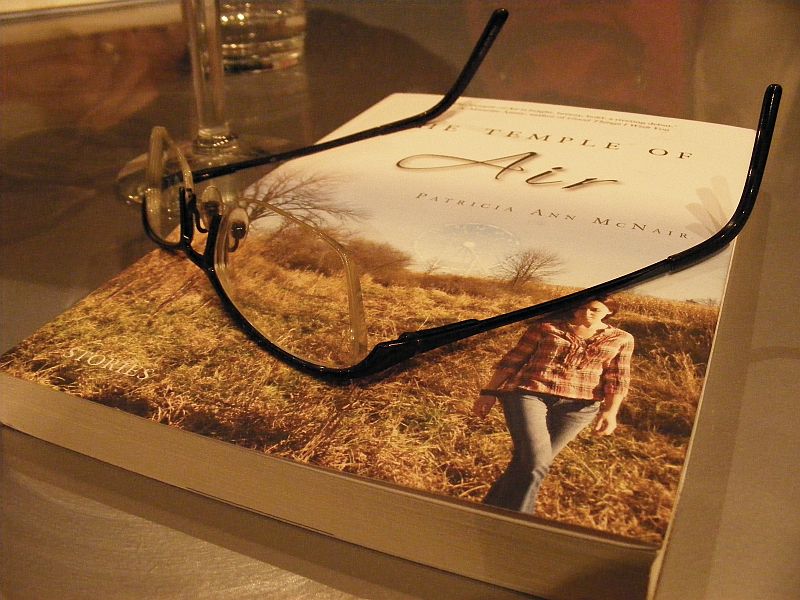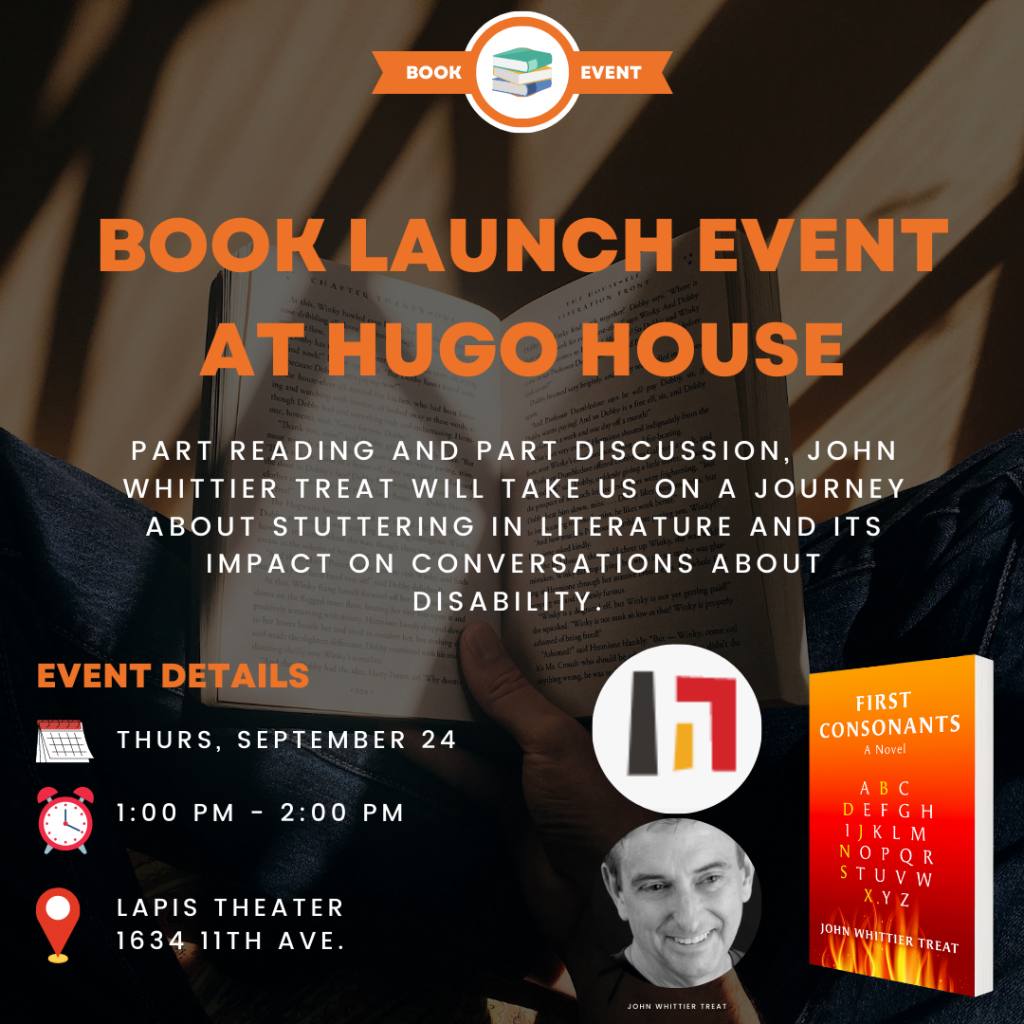We were out at our house in Mount Carroll, Illinois for a quick turnaround weekend away. Mount Carroll is a small town just ten miles away from the Mississippi River, a quiet place where we try to step out of our Chicago city lives. Where we try to slow down.
So there I was in my writing room, a small space on the second floor with an artist table a great-great-great (or so) aunt stored her paints in and my mother used as her bedside table; a remarkably heavy “portable” typewriter made more than half a century ago; books, shelves, and an array of gewgaws mined from family items, antique shops, and auctions on the now (for decades) defunct college campus in town. I was nursing a cup of coffee, rocking in my overstuffed, secondhand easy chair with a gold velveteen re-upholstery job, looking out on our huge European Larch tree that a local tree expert told us must be over 200 years old. Our house was built in the 1890s. That means the tree was there long before the house was. (I know I’m a writer, but I can still do a little math—see? Oh, and this reminds me: the novel was around long before the short story.) My journal was open and I was trying to figure out a way to gather my thoughts together in order to answer a question my friend the British author Vanessa Gebbie had posed to a group of short story writers: Is writing short stories training ground for writing the novel? And even as I scribbled, I found my mind wandering, going over the lists of things I had to do before we packed up and headed back to Chicago, the things I had to do when I got there, the things I have to do tomorrow, this week, the rest of this semester, this summer, and before school starts again in September. Oh yeah, and the things to do in September, too.
This all actually has to do with what I want to say about short story writing, about novel writing. It does, I swear.
At Columbia College Chicago where I teach in the Fiction Writing Department, we are always assessing and evaluating our curriculum. Part of this work is to consider new courses, often proposed by other faculty members. And recently, different ideas for a class with the subject of Flash Fiction has come up. “Writing the Short-Short.” Or “Fiction Writing Topics: Flash Fiction.” Something like that. And here’s the thing: I hate this idea. I hate the idea of making a whole class out of little, tiny stories. Of teaching students to write short. (As though people who text and tweet and blog and shorthand through most forms of communication need us to encourage them to keep it short.)
Okay, don’t get me wrong. I love the perfect short-short. Adore it. Think “Bucket Rider,” by Franz Kafka; “The Porcelain Doll,” by Leo Tolstoy; “The Story of an Hour,” Kate Chopin; “Hills Like White Elephants,” Ernest Hemingway; “Girl,” Jamaica Kincaid. These are stories I turn to often, stories I learn from and I use in teaching. I have my own short-short stories, too, in The Temple of Air. “The Joke.” “Deer Story.” “Hand Thing.” But you know what? I had to write hundreds of pages in order to write these two and three page stories. I had to write long long long in order to really do the short-short thing.
So you’re thinking I’m just slow, aren’t you? You’re thinking only someone simple-minded would have to learn how to write long in order to write short. But here’s what I’m thinking. I’m thinking that a writer needs to allow herself the time and room to enjoy the deep distraction it takes to find even the smallest nugget of story. My story “The Joke,” was a page from the 200 + pages that became my thesis. I had to write that novel in order to write that short story.
So maybe I’m saying what Dennis McFadden, author of the fine collection Hart’s Grove said in a recent conversation: “…the novel is every bit as much a training ground for the short story” as the story is for the novel. Yeah, that’s part of it. But there’s something more. And it has to do with sitting in my overstuffed golden velvet chair in the quiet hours of early morning with trees and horses out my window, and not being able to see any of that very clearly because my mind is spinning and spinning and spinning. Our desire to jump from one thing to the next, to click the link, to change the channel, to scroll through the headlines should not be the thing that moves us to read short stories; and perhaps more importantly, it should not be the thing that compels us to write them, flash or otherwise. In order to combat the shortening of our attention spans (real or imagined) it is essential that we lose ourselves in story, dive in deeply, fully, submerge ourselves. For two pages or for 200. A fine story does that, it draws us into — as John Gardner called it — the “vivid and continuous dream.” We come to after the last paragraph, at the final punctuation mark, blinking against the stark light of not reading. And we cannot create this dream state for others if we cannot experience it ourselves at the keyboard.
And that is what we need to train for. Creating the “vivid and continuous dream.” A novelist I met once spent years on a novel that she eventually abandoned and grieved for. She just couldn’t make it work. So she palpated the manuscript until she found its pulse, determined the size of the alive part of it. From there she discovered the story, and it was a short one. Still, she wrote it, published it, and received accolades for it. Here’s the truth of the matter: page count isn’t important; story, writing, is. And yet, I’d wager that Tolstoy, Kincaid, Kafka, Chopin, Hemingway, and even John Gardner each wrote many, many, many pages in order to write the perfect few.
And that (if you’ll indulge me) is the long and the short of it.





